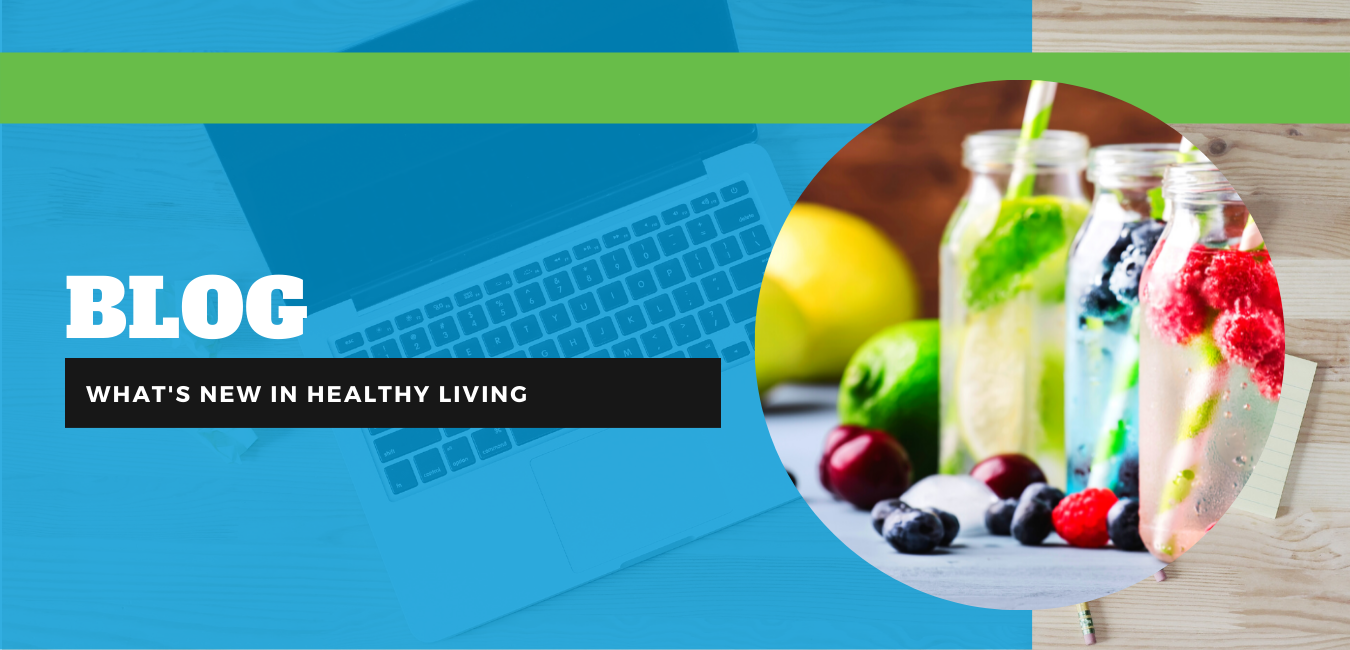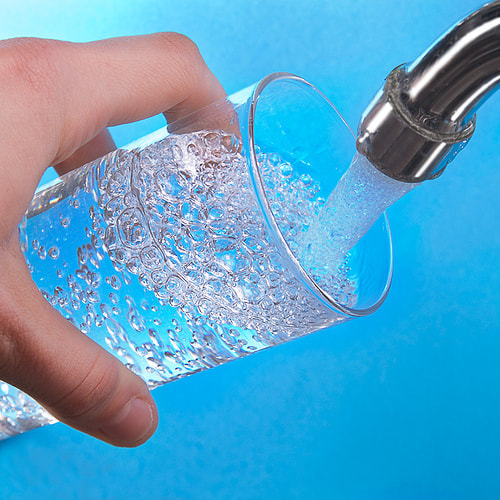|
Nearly one in five New Jerseyans are delivered tap water that contains at least trace amounts of a chemical linked to cancer and low birth weights, according to new data released Wednesday morning.
The Environmental Working Group gathered and analyzed testing records between 2010 and 2015 from 48,712 U.S. water utilities and found 267 industrial and agricultural contaminants present in the water that Americans drink and bathe in. One of those chemicals, perfluorooctanoic acid, or PFOA, is more prevalent in New Jersey tap water than anywhere else. More than 1.6 million residents of the Garden State are served by a utility that detected at least 1 parts per trillion (ppt) of PFOA in their water, according to the data. You can see how your water utility scored using EWG's new Tap Water Database. What is it? PFOA is a man-made chemical that was used for decades in cookware and fabric coatings. Manufacturers phased out the use of PFOA in 2002, but the chemical has proved to be ubiquitous and does not break down in the environment. Most PFOA litigation is related to the chemical's release into the water supply. (Photo: Getty Images) In fact, the U.S. Centers for Disease Control and Prevention believes that most everyone in America has some concentration of PFOA in their bloodstream. At what level of exposure PFOA causes problems is not known. According to the U.S. Environmental Protection Agency, the list of adverse health effects PFOA has been linked to is vast, including:
Despite the dangers, there is no federal standard on the amount of PFOA that a water utility is allowed to serve its customers before action is taken. However, the EPA did adopt a non-enforceable guideline of 70 ppt last year. New Jersey has been ahead of the curve in some respects: Ten years ago, it was the first state to set a limit — at 40 ppt — although it also carries no penalties for violations. "This guidance level ... is used by the state’s water systems to determine whether any actions are needed, such as shutting off a particular well, blending, or adding treatment," said Larry Hajna, a spokesman for the New Jersey Department of Environmental Protection. After a long wait, the Drinking Water Quality Institute, which advises the the state DEP on actionable thresholds for contaminants, recommended a maximum of 14 ppt in March. That proposal is currently being reviewed, Hajna said. The EWG notes that very few utilities are violating federal drinking water standards, but often because those standards are too lax. “Just because your tap water gets a passing grade from the government doesn’t always mean it’s safe,” said EWG President Ken Cook in a statement. “It’s time to stop basing environmental regulations on political or economic compromises, and instead listen to what scientists say about the long-term effects of toxic chemicals and empower Americans to protect themselves from pollutants even as they demand the protective action they deserve from government.” For PFOA, the EWG relies on the word of Harvard University environmental professor Philippe Grandjean, who believes the federal guidance level on the chemical may be "may be 100-fold too high" to prevent danger. What can be done? The easy answer? Purchase and use a water filter. Most popular pour-through filters, such as Brita and PUR, employ something called granular activated carbon, or GAC, technology and can be widely purchased for under $20. Utilities also rely on GAC, albeit on a much larger scale, to remove PFOA from water, according to Keith Cartnick, senior director of water quality for Suez Water. Water is fed through a filter tank with GAC and the carbon latches onto PFOAs as they pass through. It's the best method currently available, but it isn't perfect, Cartnick said. There are developments in the water treatment industry that are promising, he added. But PFOA remains a challenge. "It is particularly difficult to remove," he said. "It's not like bacteria where you can add chlorine and disinfect. You can't purge (PFOA) out of the water." Cartnick also gave voice to a common refrain from utility companies: Let's stop the pollution from entering water supplies in the first place. “We’re doing everything we can to control it … but you have to clean these things up at the source,” he said. Fresh-H2O can help! Call us today! 844.BOTTLELESS 844.268.8535 Comments are closed.
|
|
Proudly serving NY, NJ, PA, CT and FL
Copyright © fresh H2O
|



 RSS Feed
RSS Feed
